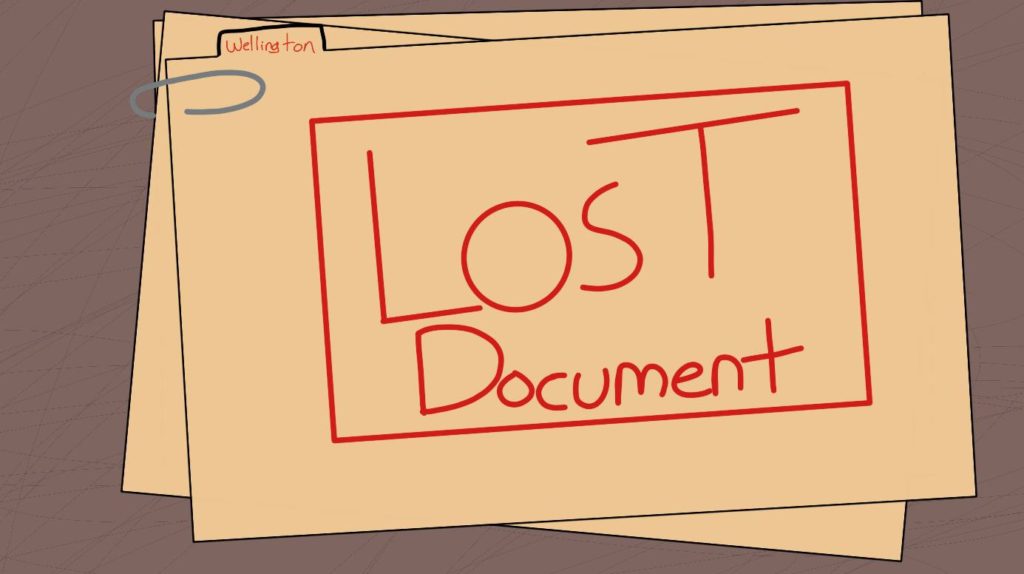
Last Will & Testament 101
The lost will
The case we explored last week highlighted the importance of a beneficiary understanding her role in securing the gifts she hoped to receive under the will. This week’s case, also shows the actions taken by persons who felt sure about what they were to inherit. The issues in this case arose because the original wills were not found.
The testatrix (female who makes a will)
Based on the oral evidence, the testatrix was believed to have made three wills through out her life. The wills were allegedly made in 1971, April 1988, and October 1990. The testatrix passed in May 1991.
The wills
The dispute arose regarding the 1988 will and the one made in 1990.
Her nieces alleged that under the 1988 will she gave her house to them, on condition that they carry out certain acts within 6 months of her passing.
While an unknown brother alleged that under a 1990 will she left the house to him for the rest of his life, then to his nephew.
The nieces could not find the 1988 will and being unaware of a 1990 will started the process to inherit the house without the use of a will. The unknown brother who knew about the 1990 will intervened.
At court
They insisted the unknown brother was unable to prove that he and the testatrix had the same father. This mattered since his status as her brother would determine whether he could rightfully object to the process the nieces had started, and determine his inheritance.
The stroke
You might recall from a previous article in the series where I mentioned that the person making a will, must be of a sound mind at the time of making the will. I also mentioned that the person putting forward a will has to prove that the will is valid.
Since the unknown brother was relying on the 1990 will, he had to prove those two things and address the issue of the missing original for 1990 will.
For the nieces, the testatrix was not of a sound mind in October 1990 because she had suffered a stroke in September 1988 which she did not seem to have fully recovered from.
The doctors
The nieces relied on the evidence of a doctor who spoke with the testatrix regularly but did not examine her as his patient. According to that doctor, the stroke seemed to have affected her mental abilities and she spoke of people “obeahing” her.
The testatrix had another doctor who appeared to be on call, who did not treat the testatrix for mental incapacity.
The unknown man & the 1990 will
It turned out that the 1990 will was prepared by an attorney at law who was invited to the house by the unknown brother. According to the attorney, the testatrix appeared to be in her right mind.
Fortunately, the attorney kept a photocopy of the 1990 will which was accepted as proof of that a will was created in 1990. The photocopy, identified this unknown man as her brother. He was her half-brother, “the product of an out of wedlock relationship.”
The court concluded that the testatrix was in her right mind at the time of making the will. But, that was not enough. The brother still had another legal hurdle to pass.
You might recall from an earlier article in the series, that generally, a new will revokes the previous will. This 1990 will would have revoked the 1988 will.
Where is the original 1990 will?
The nieces who considered themselves close to the testatrix found it strange that their aunt did not tell them she had a brother. The court did not find that surprising given the circumstances of his birth.
Based on the evidence, he and his nephew were dutiful and supportive. They assisted with the management of the house, the collection of rent and lodging it to her account. In fact, it was the nephew who accompanied the testatrix to her safety deposit box to deposit what he assumed was the 1990 will.
The bank
The bank confirmed that the testatrix visited the box on two different days after the signing of the 1990 will. After the 1st day, the bank sent a letter advising her that she left a sealed enveloped in an office. She returned on October 30, 1990 to put the sealed envelope in the box. The niece who co-owned the box, visited the box three times on October 30, 1990.
That niece visited the box after the testatrix passed and said she did not see a will. What do you think happened to the 1990 will?
Destroyed or lost?
This is the hurdle the brother had to pass.
The original will was traced to last be in the possession of the testatrix. This triggered the legal presumption that she destroyed it. The photocopy would then be of no value, and she would have died without making a will.
The brother needed to prove, that based on her actions, the testatrix would not have destroyed the will.
The nephew claimed that the bank told him the envelope had the will. But the bank said it was unable to say what was in the envelope because it was sealed.
The court considered her age, the unchallenged evidence of the nephew that the niece and testatrix both told him the will was in the box, and that she understood the importance of making a will. The court could not find any reason why she would have destroyed the will since doing so would not have been in keeping with how she was described as living her life in a business-like manner.
In the end, the court accepted the photocopy of the 1990 will as her last will & testament and that she did not destroy the will or ask anyone to do so. The reminder in this case is, if you make a will secure the original as you would protect any other important document, and have several originals.
Until next time, stay safe.
Disclaimer by the author: Nothing in this article is to be taken as legal advice. You should consult an attorney regarding your specific case. All liability with respect to actions taken or not taken based on the contents of this article are hereby expressly disclaimed.
